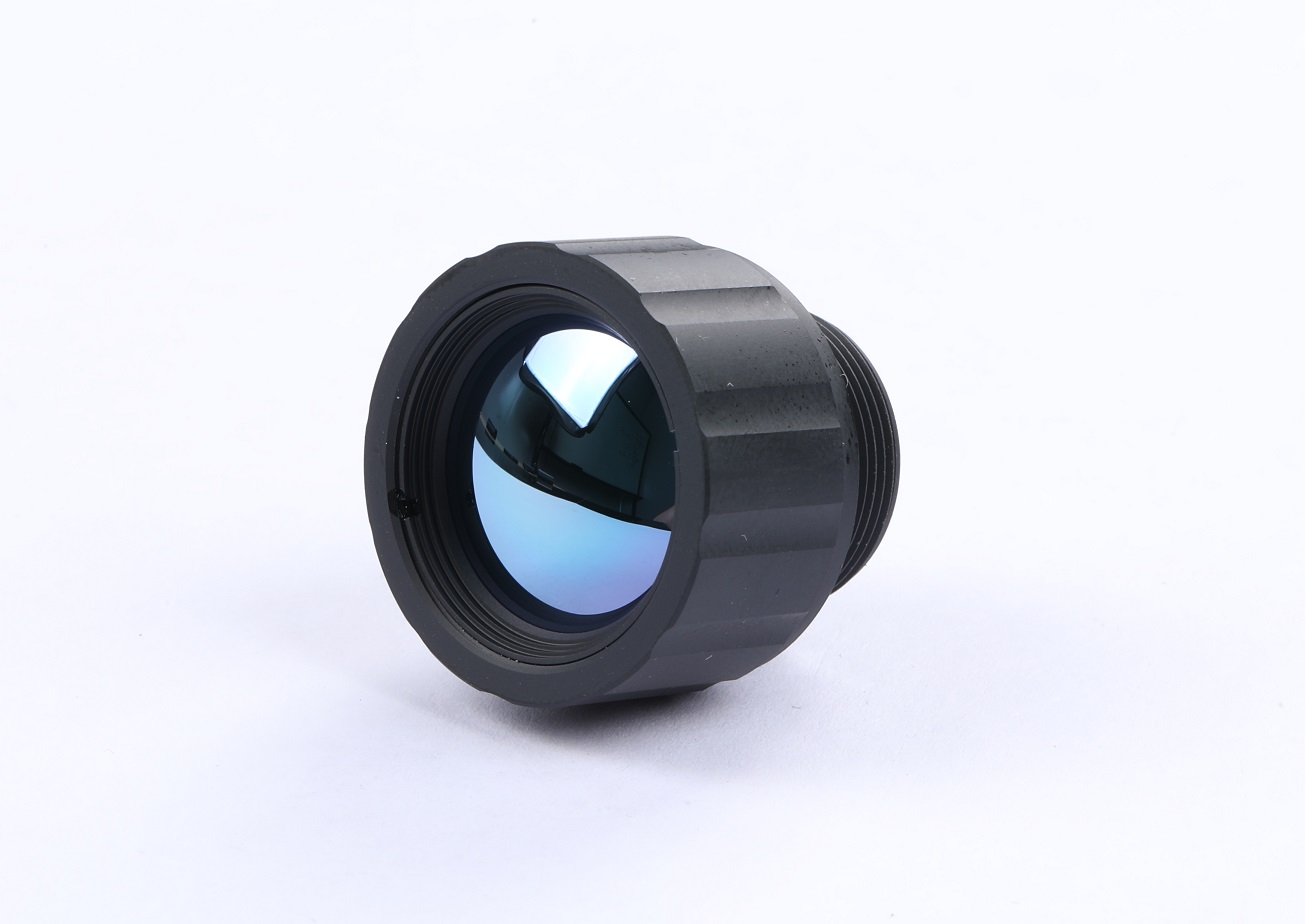Industrial News
A Promising Technology Shaping the Future

With the advancement of technology, Long Wave Infrared (LWIR) cameras have emerged as an indispensable tool in various industries. These high-tech devices capture and detect long wave infrared radiation, thus enabling us to see beyond what is visible to the naked eye. In this article, we will delve into the features, applications, and benefits of LWIR cameras.
Features of Long Wave Infrared Camera
Long Wave Infrared cameras operate in the infrared spectrum, specifically in the long wave range of approximately 8 to 14 microns. They utilize specialized sensors that can detect thermal radiation emitted by objects, regardless of lighting conditions. Unlike other imaging technologies, LWIR cameras can capture images even in complete darkness.
These cameras are equipped with a variety of features to enhance their functionality and image quality. Some common features include:
- High-resolution thermal imaging
- Wide temperature measurement range
- Real-time video recording
- Advanced image processing algorithms
- Wireless connectivity for remote monitoring
Applications of Long Wave Infrared Camera
LWIR cameras find applications in numerous industries due to their unparalleled ability to detect and measure thermal energy. Here are some key applications:
1. Thermography and Building Inspections
LWIR cameras are extensively used for thermographic inspections of buildings and structures. They can identify areas of heat loss, water leaks, and electrical faults, enabling early detection of potential issues and ensuring energy efficiency.
2. Industrial Maintenance
In industrial settings, LWIR cameras are employed for predictive and preventive maintenance. They detect abnormal heating patterns in machinery, electrical systems, and components, allowing timely repairs or replacements to prevent costly breakdowns.
3. Security and Surveillance
LWIR cameras serve as an essential tool for surveillance and security applications. They can detect intruders in the dark, mitigate false alarms caused by shadows or poor lighting, and monitor critical infrastructure, ensuring public safety.
Benefits of Long Wave Infrared Camera
The adoption of LWIR cameras offers several advantages:
1. Non-Contact Temperature Measurement
LWIR cameras enable non-contact temperature measurement from a safe distance. This is particularly useful in hazardous or inaccessible environments where direct contact is not feasible or safe.
2. Enhanced Situational Awareness
By capturing thermal images, LWIR cameras provide enhanced situational awareness in various scenarios. They can help firefighters navigate through smoke-filled buildings, help law enforcement agencies locate suspects, and aid search and rescue operations in low visibility conditions.
3. Cost Savings and Efficiency
With LWIR cameras, businesses can identify energy inefficiencies, detect equipment malfunction, and prevent unnecessary downtime. These proactive measures result in cost savings through improved energy efficiency and reduced maintenance costs.
Conclusion
Long Wave Infrared cameras have revolutionized the way we perceive our surroundings. Their ability to see beyond the visible spectrum opens up new horizons in various industries, from building inspections to security applications. With their advanced features, LWIR cameras contribute to safety, efficiency, and cost savings. As technology continues to evolve, we can expect even more exciting applications and advancements in the field of LWIR cameras.
 English
English  German
German Japanese
Japanese Korean
Korean Vietnamese
Vietnamese French
French Spanish
Spanish भारत
भारत



